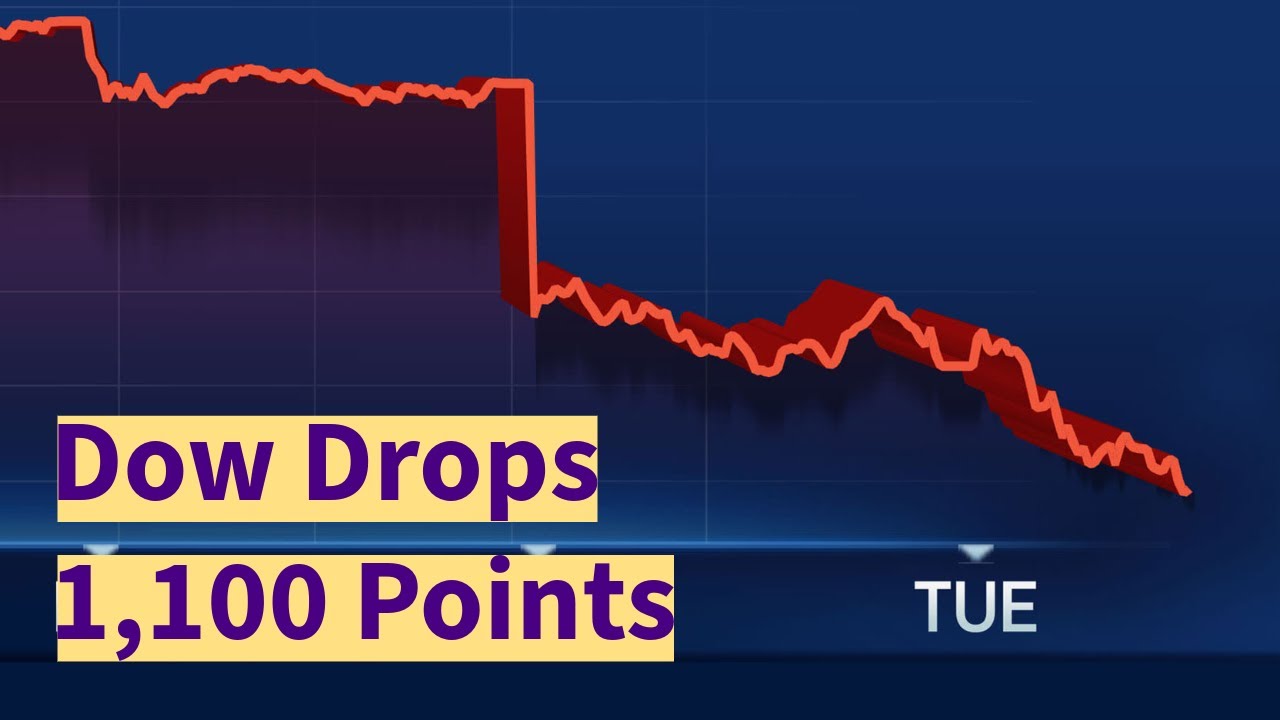The recent decline of the Dow Jones Industrial Average, which plummeted over 1,100 points (2.6%) on December 18, 2024, has underscored a significant shift in market sentiment. This drop marks the index's longest losing streak since 1974, extending to eleven consecutive days of losses . The decline followed a Federal Reserve announcement regarding a modest interest rate cut; however, the Fed projected fewer future cuts than previously anticipated, contributing to investor apprehension regarding monetary policy .
Until Wednesday’s plunge, the Dow had fallen as the broader markets remained strong. The Dow has lost less than 6% in its long losing streak, a relative blip. Other indexes have been at or near record highs, before falling sharply Wednesday. The S&P 500 fell 3% and the Nasdaq Composite index fell 3.6%.
Investors expected the Fed to cut rates by a quarter point Wednesday, which is exactly what the central bank did. But markets tumbled after the Fed’s statement that it is expecting just two rate cuts in 2025 — a signal that monetary conditions will remain tight. Stocks and bonds declined in response to the Fed’s “hawkish cut,” Jay Hatfield, the CEO and CIO at Infrastructure Capital Advisors, said.
Assuming quarter-point increments, officials indicated two more reductions in 2026 and another in 2027. Over the longer term, the committee sees the “neutral” funds rate at 3%, 0.1 percentage point higher than the September update as the level has drifted gradually higher this year.
Mortgage rates and Treasury yields both have risen sharply during the period, possibly indicating that markets do not believe the Fed will be able to cut much more. The policy-sensitive 2-year Treasury yield jumped to 4.3%, putting it above the range of the Fed’s rate.
In related action, the Fed adjusted the rate it pays on its overnight repo facility to the bottom end of the fed funds rate. The so-called ON RPP rate is used as a floor for the funds rate, which had been drifting toward the lower end of the target range.
This sell-off was not isolated to the Dow alone; it also impacted broader market indices such as the S&P 500 and Nasdaq Composite, which fell by approximately 3% and 3.6%, respectively . The rise in bond yields during this period further reflected investor uncertainty about inflation and economic stability. Analysts suggest these dynamics may lead to continued volatility as market participants adjust their expectations for monetary policy moving forward .
Read more
Popular snack brand recalls 'limited' batches of potato chips due to undeclared allergen, according to the FDA Eddie Stobart, founder of the renowned haulage firm, has died at 95.Sarah H
Also on site :
- Drifting architects: Plankton, climate, and the race to understand our changing ocean
- 10 cities with the most entry-level jobs that pay a living wage
- A diminished DOGE reels from the departure of the ‘Dogefather,’ Elon Musk

